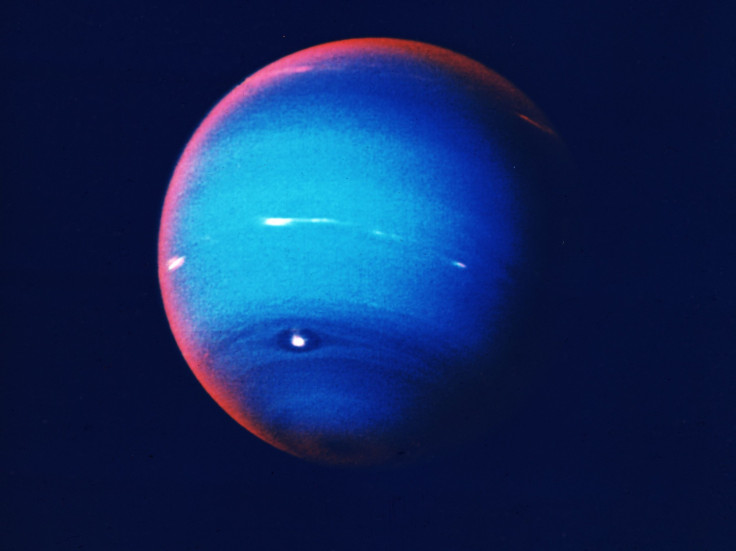How Does Neptune Produce Diamond Rain? Scientists Explain

KEY POINTS
- Researchers revealed how diamonds form within Neptune's interior
- The researchers replicated the planet's conditions for the experiment
- The study reveals new information regarding the evolution of planets
An experiment conducted by a team of researchers revealed how the interior of Neptune is able to rain diamonds. The researchers carried out the experiment by replicating the environmental conditions of the planet.
The researchers based their experiment on the theory that the intense heat and pressure within the planetary core of Neptune could split apart hydrocarbons. The resulting carbon would then get compressed into diamonds.
For the experiment, the researchers used the SLAC National Accelerator Laboratory’s Linac Coherent Light Sources (LCLS) X-ray laser to simulate the conditions of Neptune. According to the researchers, the atmosphere of this planet is primarily made up of hydrogen and helium, with a small amount of methane.
Below the atmosphere and around the planet’s core is a layer of a super hot and dense fluid composed of water, methane and ammonia.
Through lab experiments, the researchers heated the elements to replicate the conditions within Neptune at around 10,000 kilometers below the surface. They were able to do so using pulses of optical laser to generate shockwaves, which can heat up materials up to 4,700 degrees Celsius. The extreme heat enabled the researchers to create a highly pressurized environment for the elements.
“We produce about 1.5 million bars, that is equivalent to the pressure exerted by the weight of some 250 African elephants on the surface of a thumbnail,” Dominik Kraus, the lead author of the study, explained in a statement.
The experiment allowed the researchers to test out their hypothesis. Through the intense heat delivered by the LCLS, they were able to demonstrate how diamonds are formed from compressed and superheated materials within Neptune’s core.
According to Kraus, the findings of their study and experiment can be applied to other planets in the Solar System. By following the same concept, researchers can collect new data regarding the interaction of elements within a planet’s core.
“For example, we'll be able to see how hydrogen and helium, elements found in the interior of gas giants like Jupiter and Saturn, mix and separate under these extreme conditions,” he explained. “It's a new way to study the evolutionary history of planets and planetary systems, as well as supporting experiments towards potential future forms of energy from fusion.”
The results of the experiment were presented in a new study published in the journal Nature Communications.
© Copyright IBTimes 2025. All rights reserved.





















